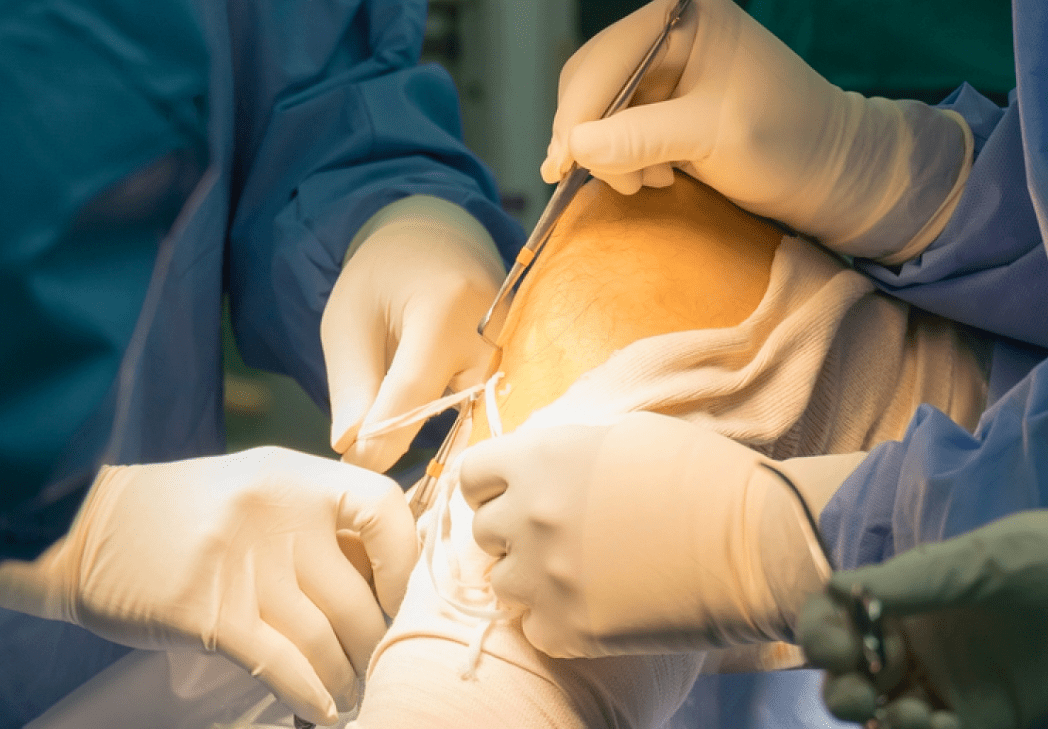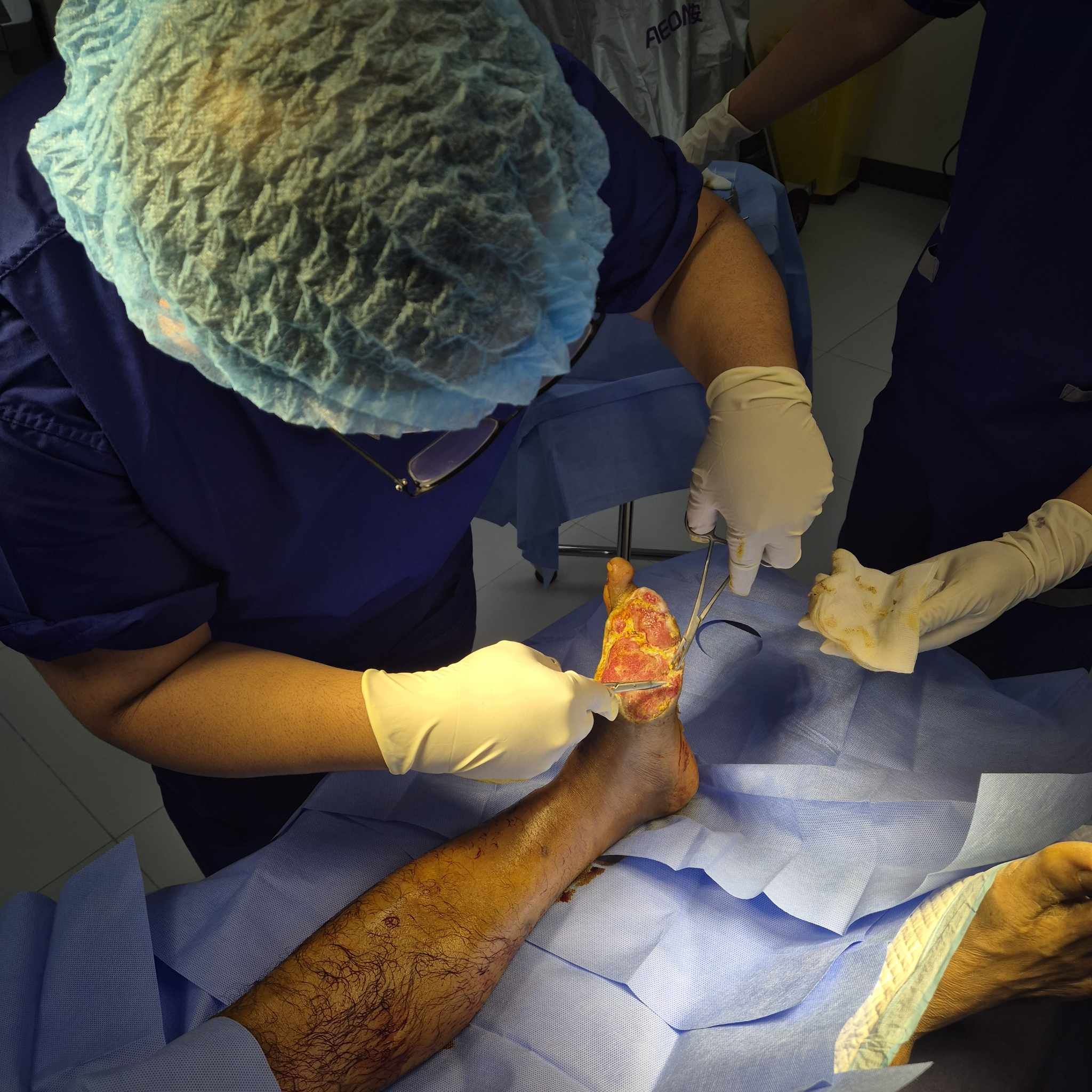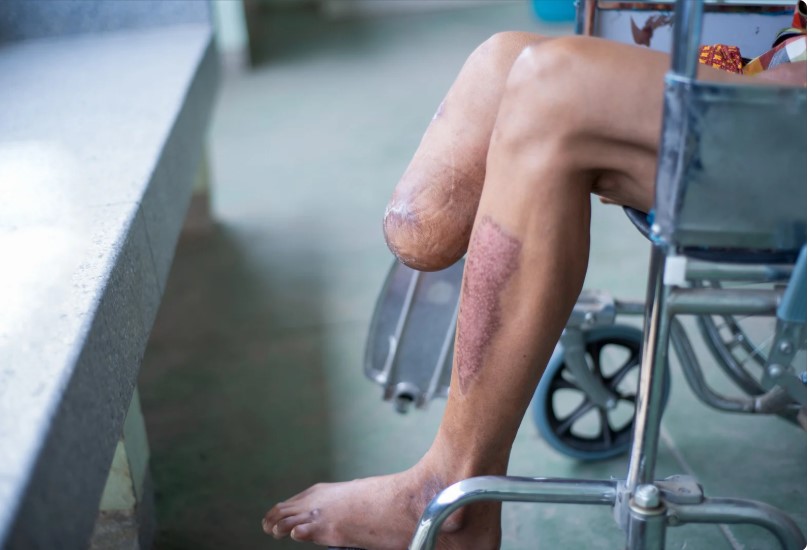Revision hip replacement surgery is a pivotal step in restoring mobility and alleviating pain for individuals whose initial hip implants have failed. Understanding the long-term outlook after this procedure is crucial for setting realistic expectations and achieving a successful recovery. This blog will explore what patients can anticipate in the long run following revision hip replacement surgery, helping them make informed decisions and prepare for a smoother recovery.
Understanding Revision Hip Replacement
Definition and Purpose: Revision hip replacement is a surgical procedure aimed at replacing a worn-out or failed hip implant. This surgery is necessary when the initial hip replacement no longer functions properly, leading to persistent pain and mobility issues.
Common Reasons for Revision Surgery: The need for revision surgery can arise from various factors such as implant wear and tear, infection, dislocation, or mechanical failure of the original implant. Unlike primary hip replacement, which is performed on a healthy joint, revision hip replacement addresses complications from an existing implant.
Differences Between Primary and Revision Hip Replacement: While primary hip replacement involves the initial replacement of a damaged hip joint, revision hip replacement deals with complications of a previously implanted prosthesis. Revision surgery is typically more complex and may require additional considerations due to changes in bone structure or the presence of scar tissue.
What to Expect Immediately After Surgery
Typical Recovery Process and Hospital Stay: After revision hip replacement surgery, patients can expect a hospital stay of a few days, during which they will begin the initial stages of recovery. The focus during this time is on managing pain, preventing complications, and starting rehabilitation.
Pain Management and Initial Rehabilitation: Pain management is a crucial aspect of recovery, often involving medications and physical therapy. Early rehabilitation efforts will focus on gentle exercises to improve mobility and strength while reducing the risk of complications.
Early Signs of Successful Recovery: Indicators of a successful recovery include reduced pain, improved range of motion, and the ability to perform daily activities with greater ease. Regular monitoring by healthcare professionals will help ensure that the recovery process is on track.
Long-Term Recovery Timeline
Phases of Recovery and What to Expect in Each Phase: Recovery from revision hip replacement occurs in phases. The initial phase involves pain management and basic mobility. The intermediate phase focuses on strengthening and increased activity, while the long-term phase involves returning to normal activities and ongoing maintenance of joint health.
Expected Duration of Full Recovery: Full recovery from revision hip replacement can take several months to a year, depending on individual factors such as overall health, the complexity of the surgery, and adherence to rehabilitation protocols.
Importance of Adhering to Rehabilitation and Follow-Up Appointments: Consistent participation in physical therapy and regular follow-up visits with the surgeon are essential for monitoring progress and addressing any issues that may arise during recovery.
Factors Influencing Long-Term Success
Patient’s Overall Health and Lifestyle: A patient’s general health, including their weight, physical activity level, and pre-existing conditions, plays a significant role in the success of the surgery. Maintaining a healthy lifestyle can enhance the long-term outcomes of revision hip replacement.
Quality of the Surgical Procedure and the Implant Used: The expertise of the surgical team and the quality of the implant materials can impact the long-term success of the procedure. Advanced surgical techniques and high-quality implants are associated with better outcomes.
Post-Operative Care and Rehabilitation Efforts: Committing to a comprehensive rehabilitation program and following post-operative care instructions are vital for achieving optimal results. This includes exercises, physical therapy, and lifestyle adjustments.
Potential Risks and Complications
Common Long-Term Risks Associated with Revision Hip Replacement: Potential risks include implant loosening, infection, dislocation, or bone loss. Regular monitoring and prompt attention to any symptoms can help mitigate these risks.
How to Identify and Manage Potential Complications: Patients should be aware of signs such as persistent pain, swelling, or changes in mobility. Immediate consultation with healthcare providers can address any complications early and prevent further issues.
Importance of Regular Check-Ups and Proactive Care: Ongoing follow-up appointments are crucial for detecting and managing potential problems early. Proactive care helps ensure that any issues are addressed promptly, contributing to long-term success.
Benefits of a Successful Revision Hip Replacement
Improved Mobility and Pain Relief: One of the primary benefits of a successful revision hip replacement is the restoration of mobility and relief from pain, allowing patients to return to their preferred activities and improve their quality of life.
Enhanced Quality of Life and Ability to Return to Activities: With successful surgery, patients often experience a significant improvement in their overall quality of life, including the ability to engage in physical activities and hobbies they previously enjoyed.
Long-Term Outcomes and Success Rates: Success rates for revision hip replacement can be high, particularly when patients adhere to recommended care protocols and maintain a healthy lifestyle. Long-term outcomes generally include sustained pain relief and improved function.
Lifestyle Changes for Optimal Outcomes
Recommendations for Maintaining Hip Health: To support long-term success, patients should focus on maintaining a healthy weight, engaging in regular low-impact exercises, and avoiding activities that place excessive strain on the hip joint.
Exercise and Physical Therapy Tips: Incorporating exercises that strengthen the muscles around the hip joint and enhance flexibility can promote ongoing joint health. Working with a physical therapist can provide personalized guidance and support.
Diet and Weight Management to Support Joint Health: A balanced diet rich in nutrients that support bone and joint health, combined with weight management, can positively impact recovery and long-term outcomes.
Takeaway
The long-term outlook after revision hip replacement is generally positive, with significant improvements in mobility and pain relief. Understanding what to expect and adhering to recommended care practices can help ensure a successful recovery and enhanced quality of life. For personalized consultation and support, contact Tec Orthopedics to learn more about how revision hip replacement can help you regain your active lifestyle.










